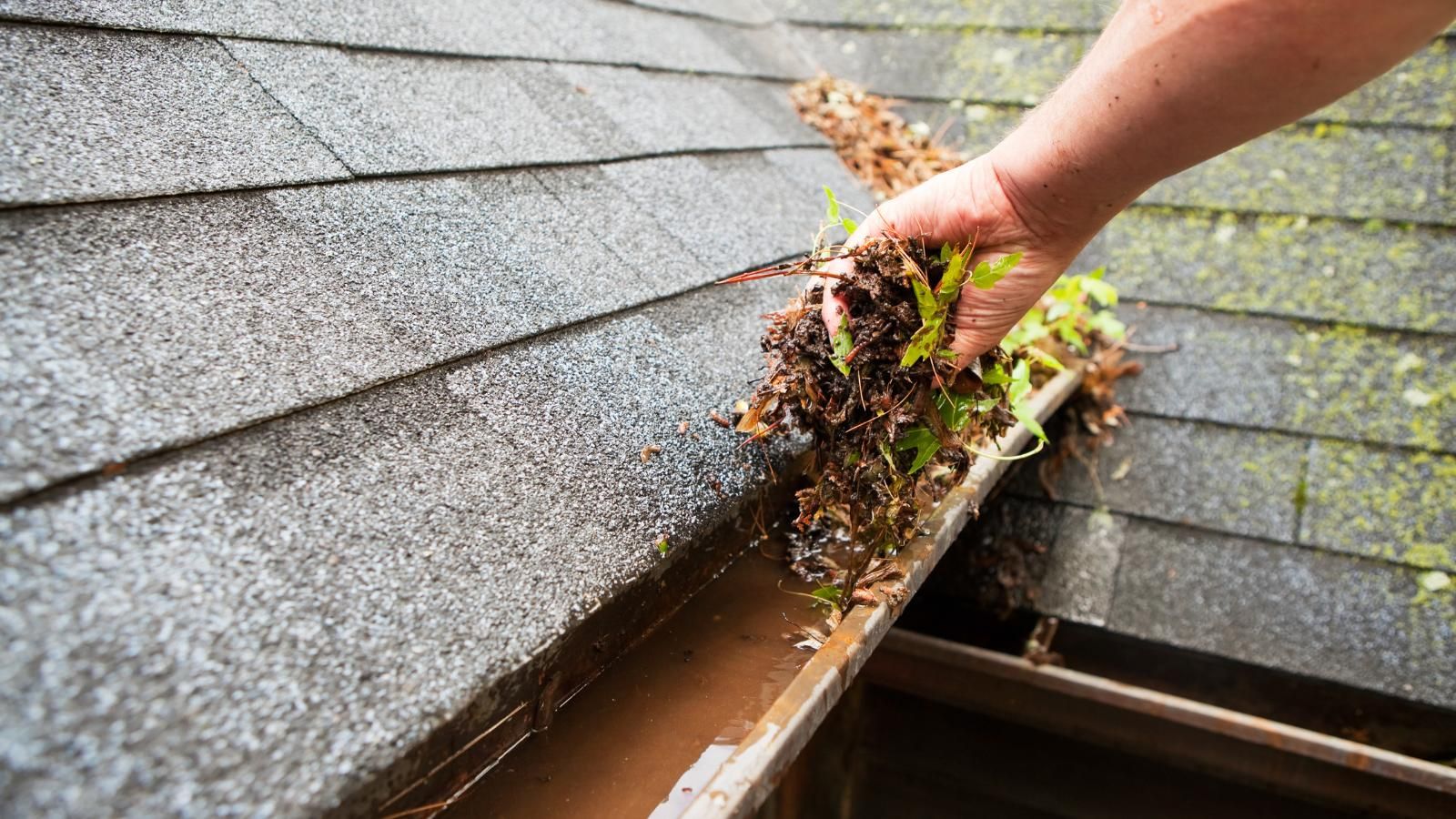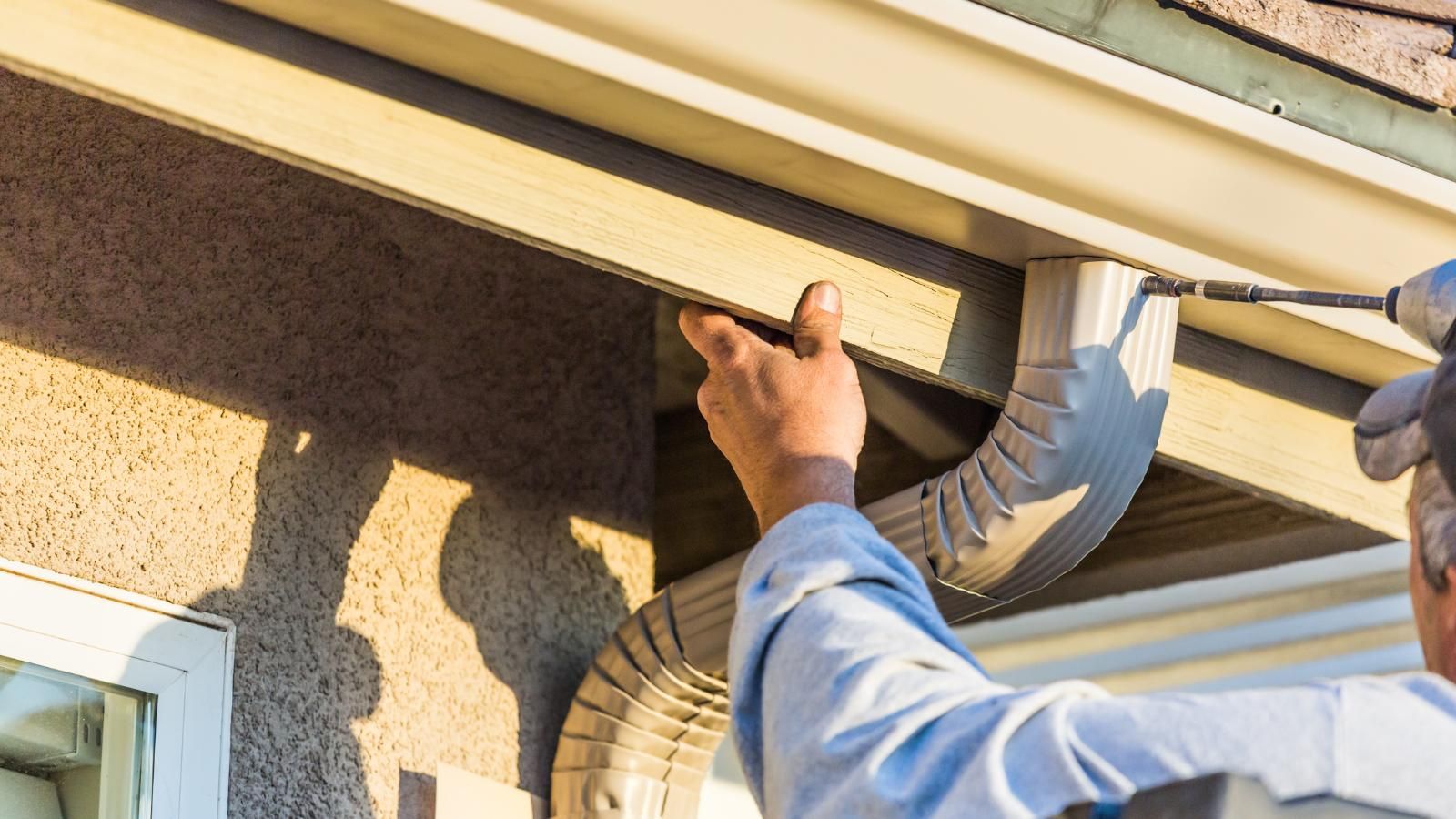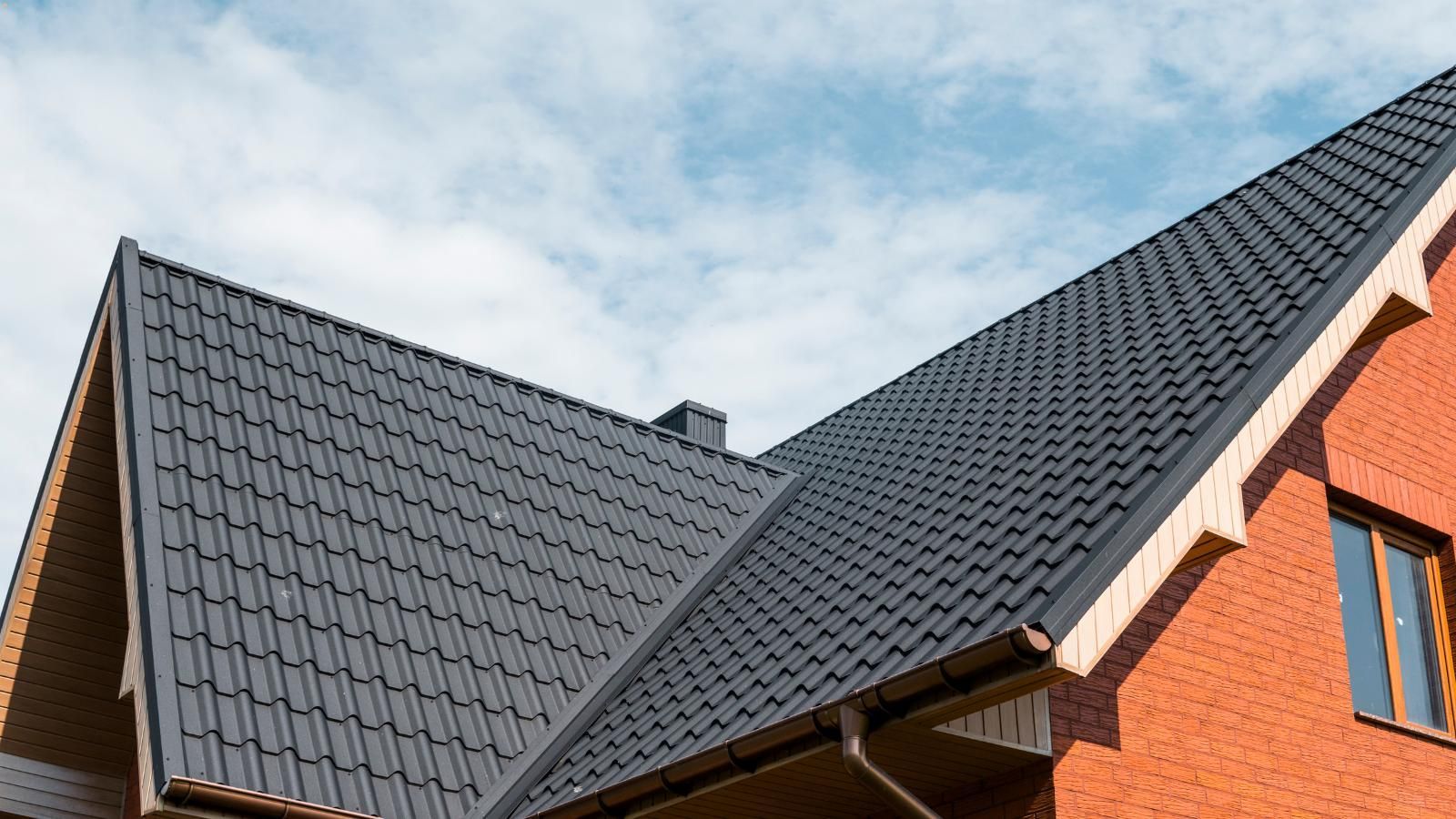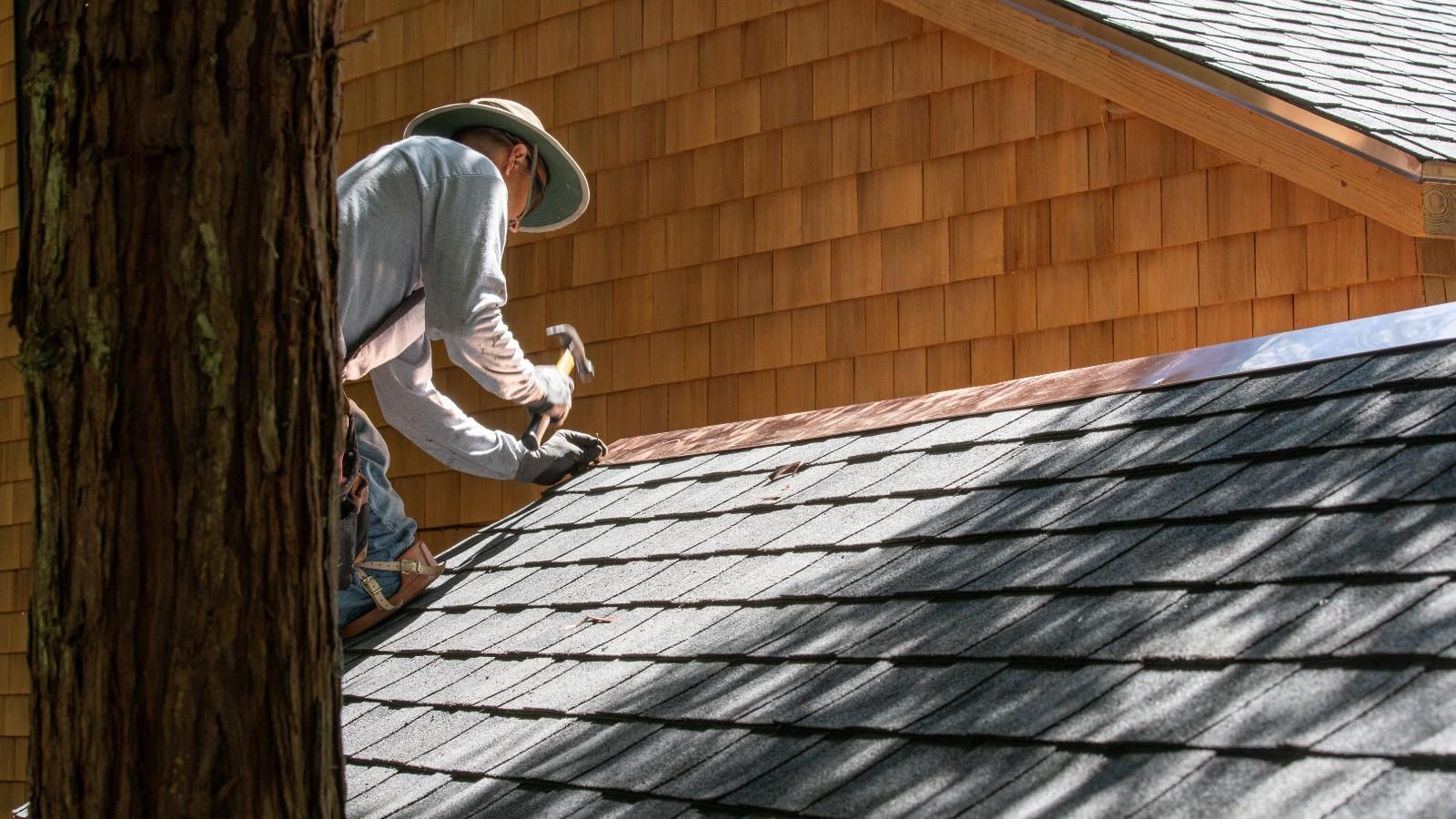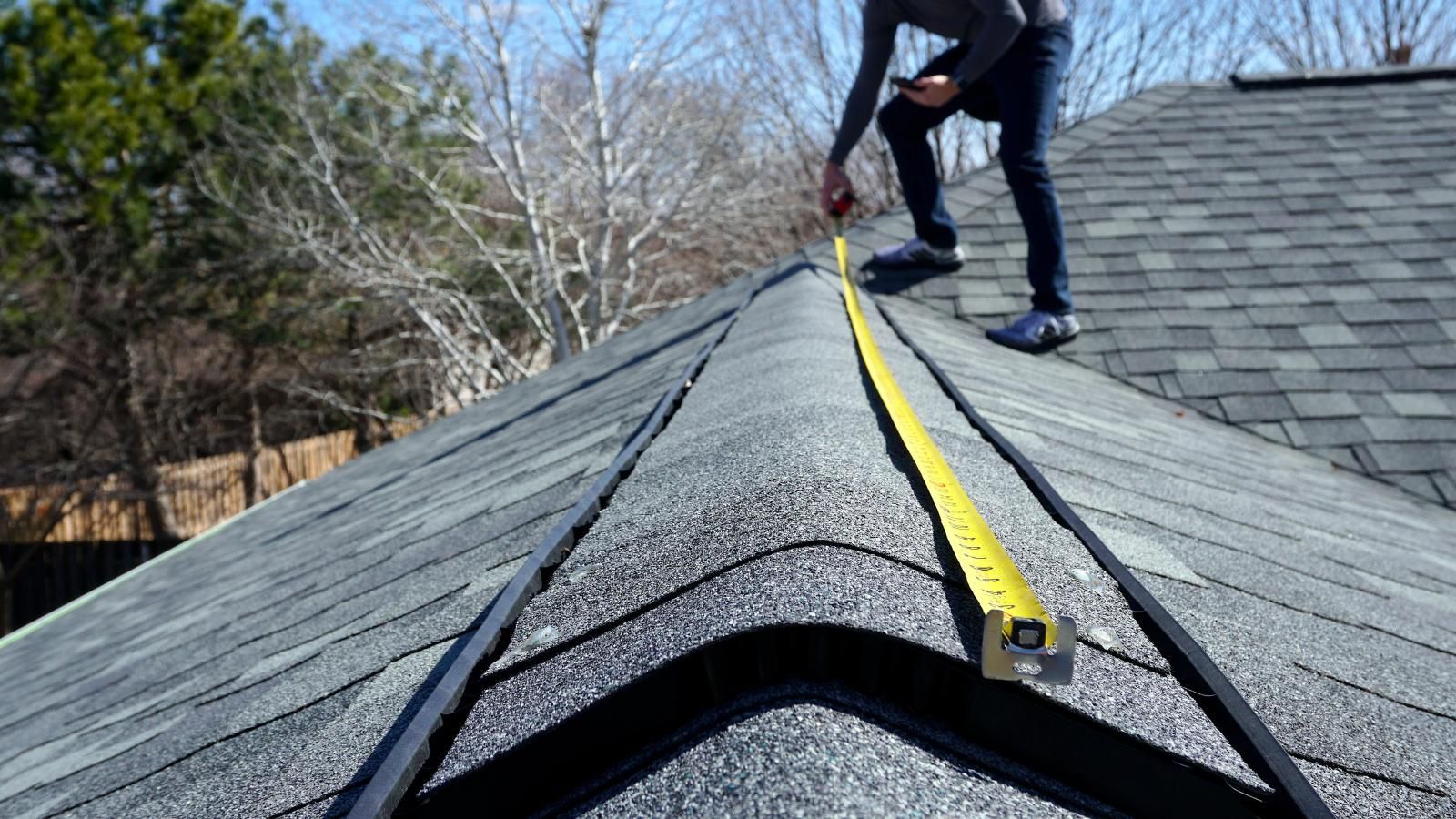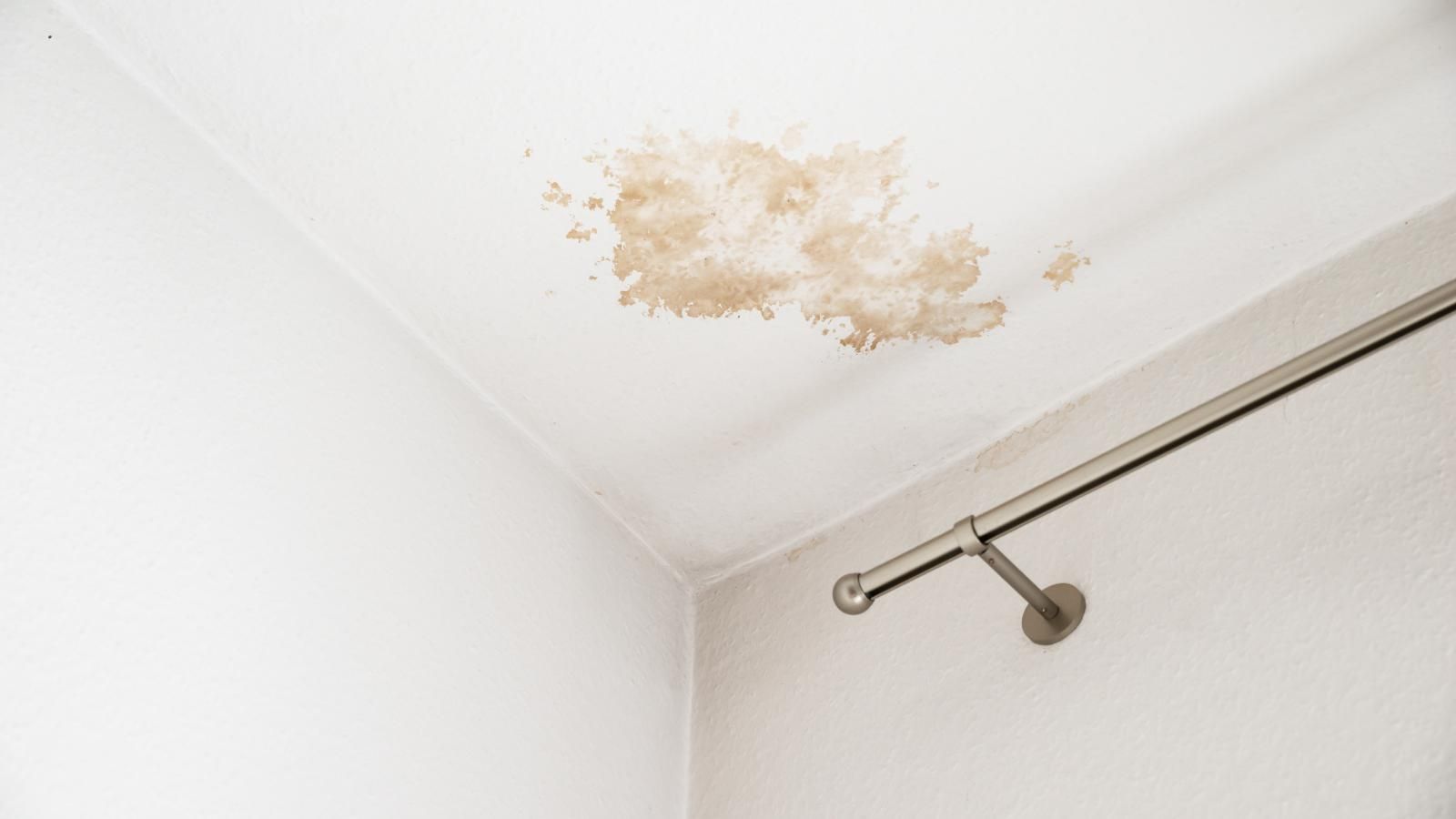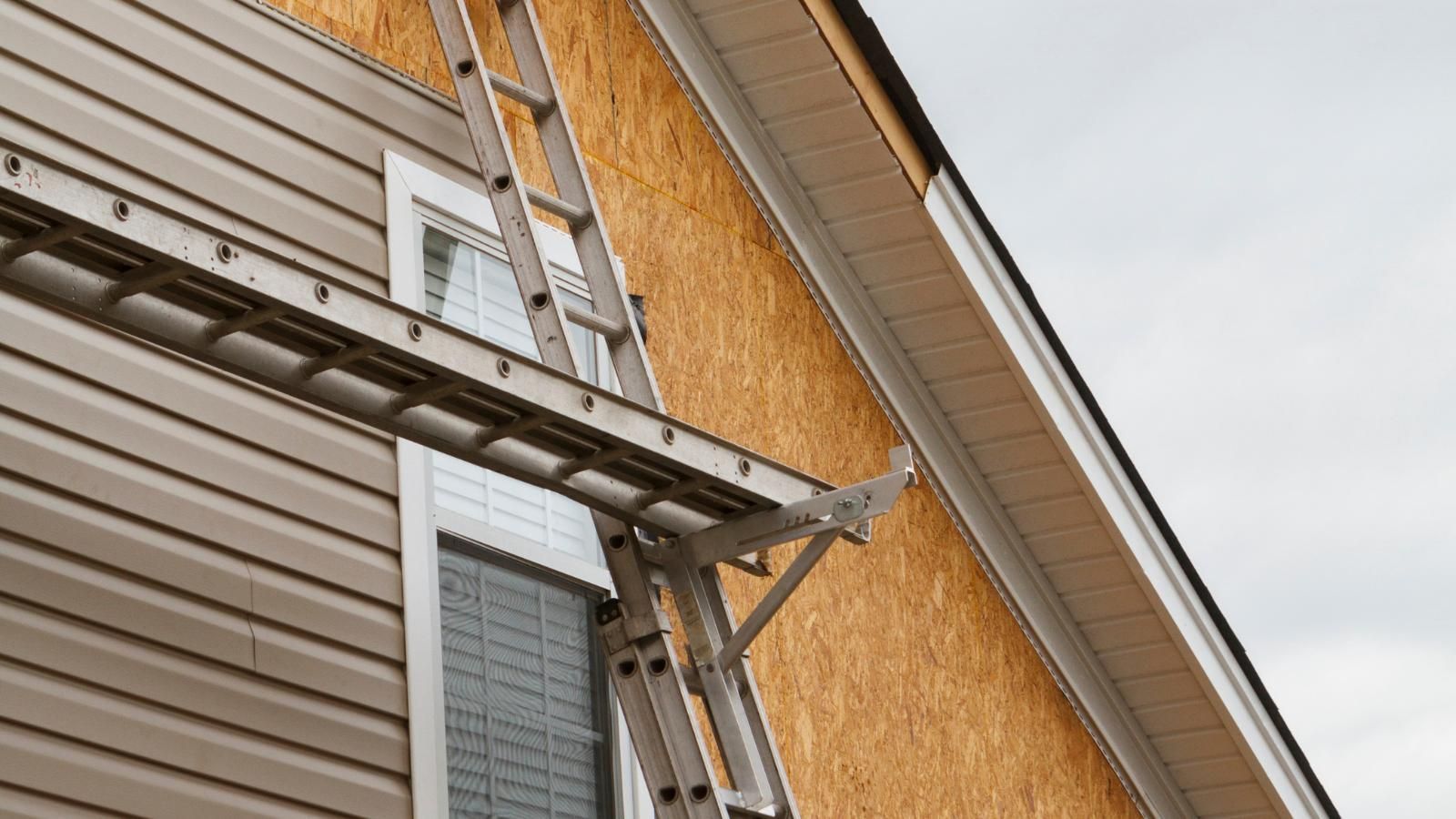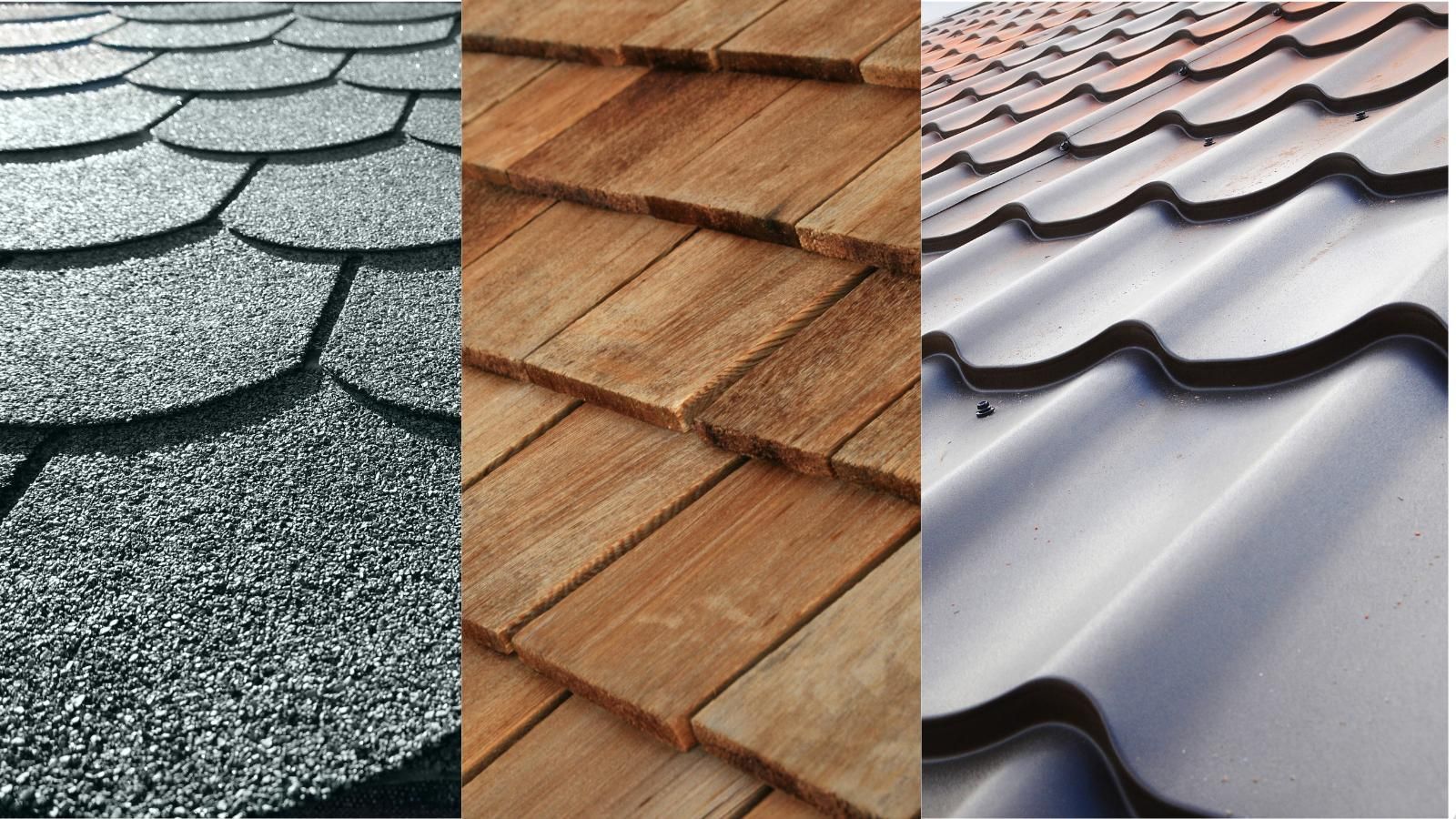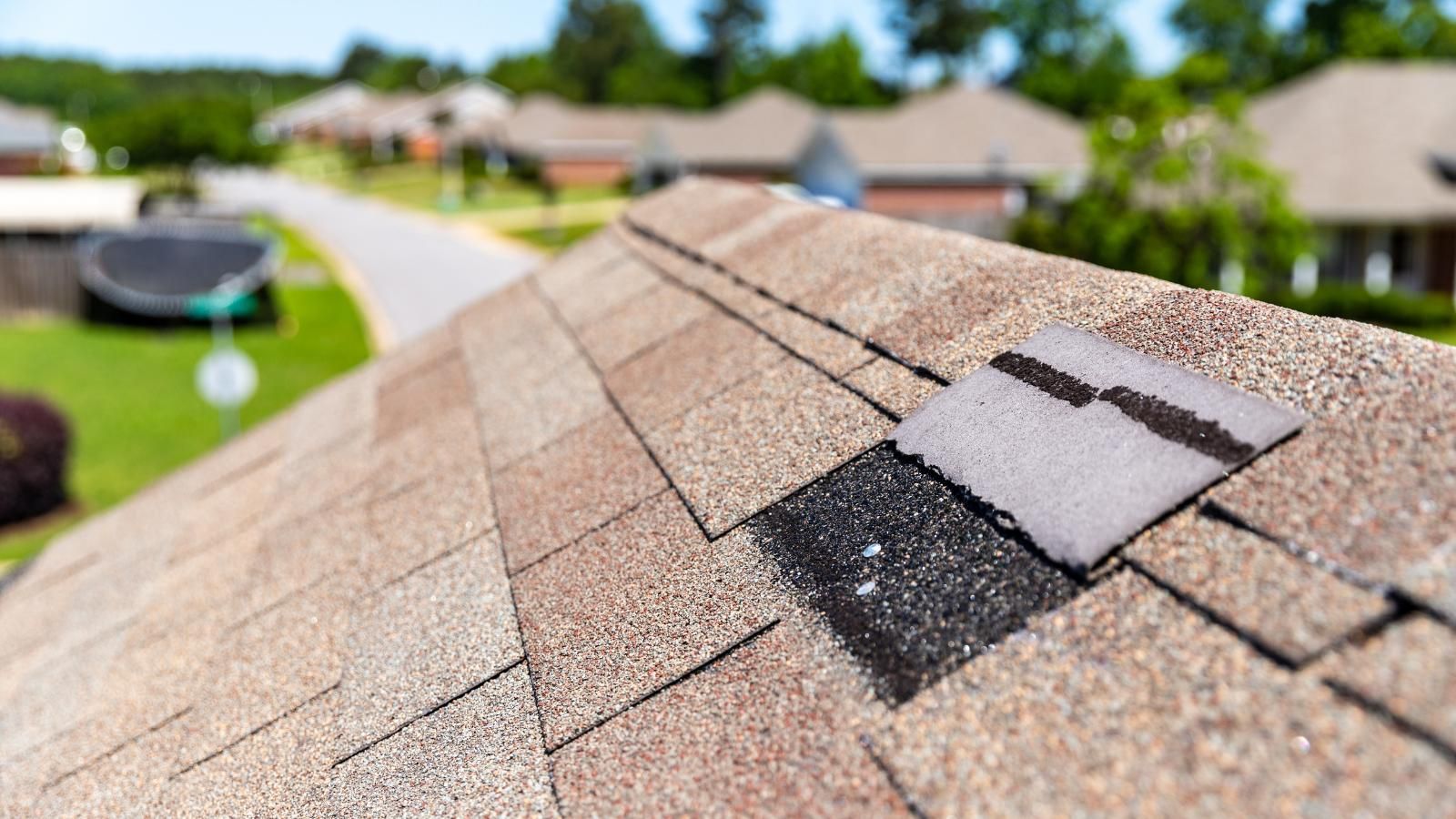How to Bury a Gutter Downspout Drain Like a Pro
Most homeowners know the importance of a reliable gutter service to protect their foundation and landscaping, but have you noticed a heavy stream of water coming from exposed downspouts during a rainstorm? This, too, can lead to soil erosion, dead grass, foundation cracks, and other forms of costly water damage. Properly buried downspout drains are the answer to the problem.
With the right tools and a little planning, homeowners can bury downspouts. After examining the straightforward process and the money-saving benefits to be gained, you may be ready to dig in.
In this post, we’ll explain:
- The benefits of buried downspouts
- Choosing the best pipe material
- List of tools and materials needed
- The process of burying a downspout drain
Proper Drainage Prevents Erosion Around Stone or Landscaping
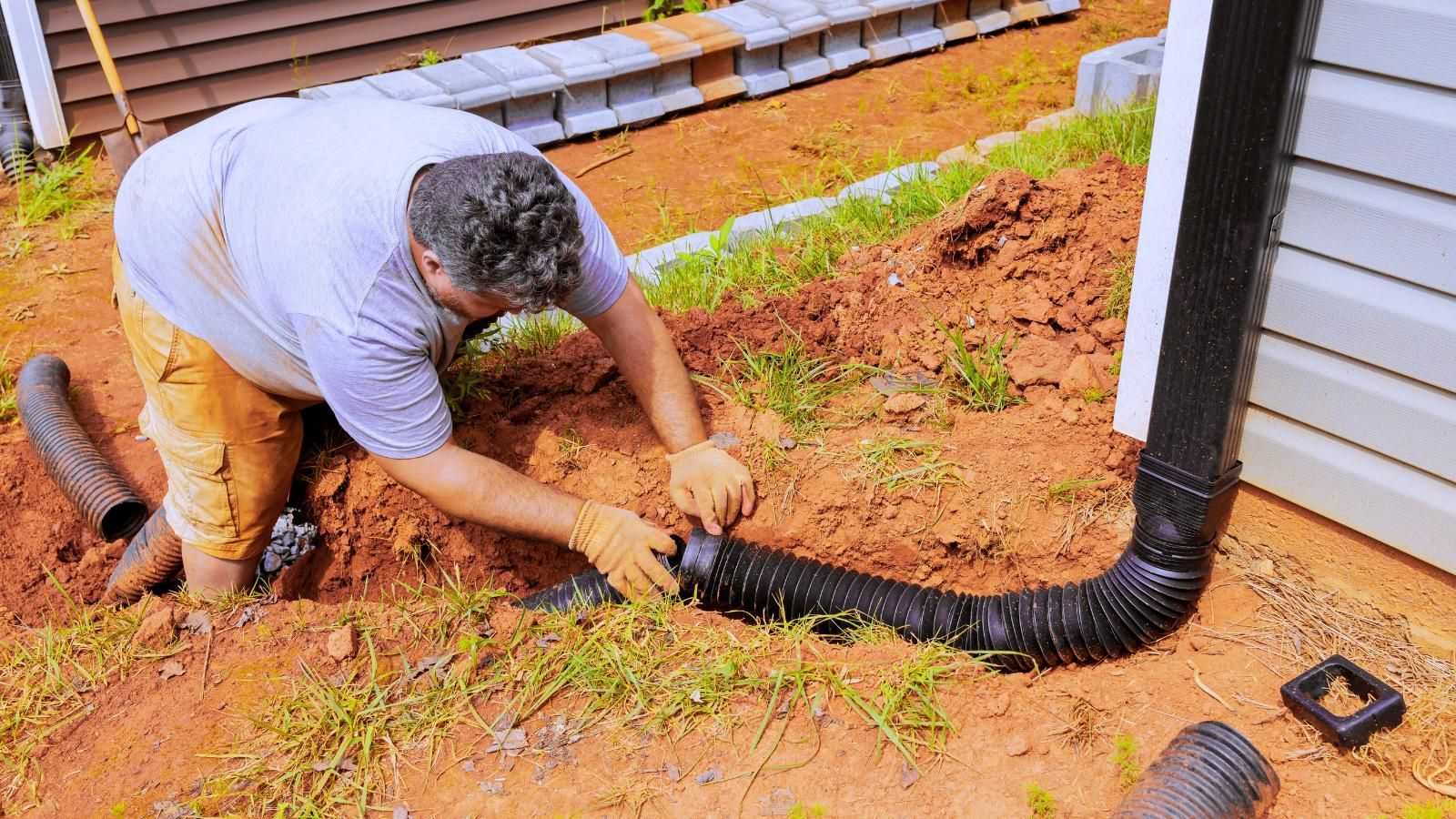
Heavy
water runoff from exposed gutters can wash away mulch, shift flagstone, flood patios, and erode landscaping. Surface-level gutter extensions are an eyesore, but when buried, your yard will have a cleaner look with improved drainage performance. In most situations, the best drainage downspouts are made from PCV or corrugated pipe for durability and ease of installation.
Why Buried Downspouts Are Better
For safety and appearance reasons, buried downspouts are superior. Buried extensions channel water away from the foundation and walkways, and keep landscaping intact. Aesthetically, underground drainage conceals bulky downspout drains snaking across the lawn, which also reduces trip hazards.
Choosing the Right Pipe for the Job
Corrugated pipe is a great option for many DIYers. It’s lightweight, connects easily with snap-on fittings, is durable, and flexible when curving around landscaping.
PVC pipe works best for those working with high-volume drainage situations. PCV is rigid, highly durable, and resistant to clogs.
Choosing the right pipe diameter is important; usually, 3” or 4” is recommended. The type of fittings needed should connect with your pipe and match the exit point at the end of the line, whether through a pip-up emitter or an open outlet.
Tools and Materials You’ll Need
Tools to gather before you bury downspout drains:
- Shovel
- Trenching spade
- Level
- Gravel
- Landscape fabric
Materials needed to bury a downspout:
- Downspout adapter
- Pipe (PVC or corrugated)
- Pop-up emitter (or other outlet to release water)
- Tape measure
- Saw
- Silicone sealant
To make the process of burying downspout drains as smooth as possible, it’s best to gather your equipment and supplies first.
Step-by-Step Guide to Burying a Downspout Drain
With your tools and supplies gathered, you’re set to begin:
- Start by planning a path that gently slopes away from the house at about 1 inch per 10 feet. Use string lines or a level to check your slope.
- With the path marked out, grab your shovel or trenching spade and dig the trench. Keep the gradual drop toward the outlet in place as you work.
- Lay a few inches of gravel on the bottom and place the pipe along the bottom.
- Connect the pipe to your downspout using an adapter.
- Install the pop-up emitter or drain outlet at the far end.
- Test the water flow. Make any necessary adjustments for optimal water flow. Ensure the water flow is correct before moving on to the final steps.
- Cover the pipe by filling the trench with dirt and tamping it down. Restore the landscaping with mulch, sod, or decorative rock.
Now you know how to bury a downspout, and when done right, it will drain well and look great.
Also Read:
Are Gutter Guards a Good Idea?
How Deep Should You Bury a Downspout Drain?
Depending on your yard’s layout and the climate conditions, bury your downspout drain 6 to 12 inches deep. At this depth, the pipe is hidden from view while maintaining enough coverage to ensure its durability and drainage performance.
Always keep in mind the importance of slope for optimal water flow – aim for a drop of at least 1 inch per 10 feet of pipe. Those living in colder climates will want a deeper trench (closer to 12 inches) to help prevent water freezing in the drain pipe.
The key to successfully burying downspout extenders is getting the depth and slope correct.
Get Drainage Right the First Time
When downspout drains are correctly buried, they will protect your home, landscaping, and foundation. Take your time, measure carefully, and use quality materials that will stand our Kansas City weather. A successful underground drain pipe system will bring long-term performance and curb appeal.
Not ready to DIY? Contact Preferred Roofing, serving all of KC, including Lee’s Summit (Stoney Creek, Villas at Parkwood, Winterset Falls, and more!) if you’d like a professional to bury your drainage downspouts with experience and confidence.



